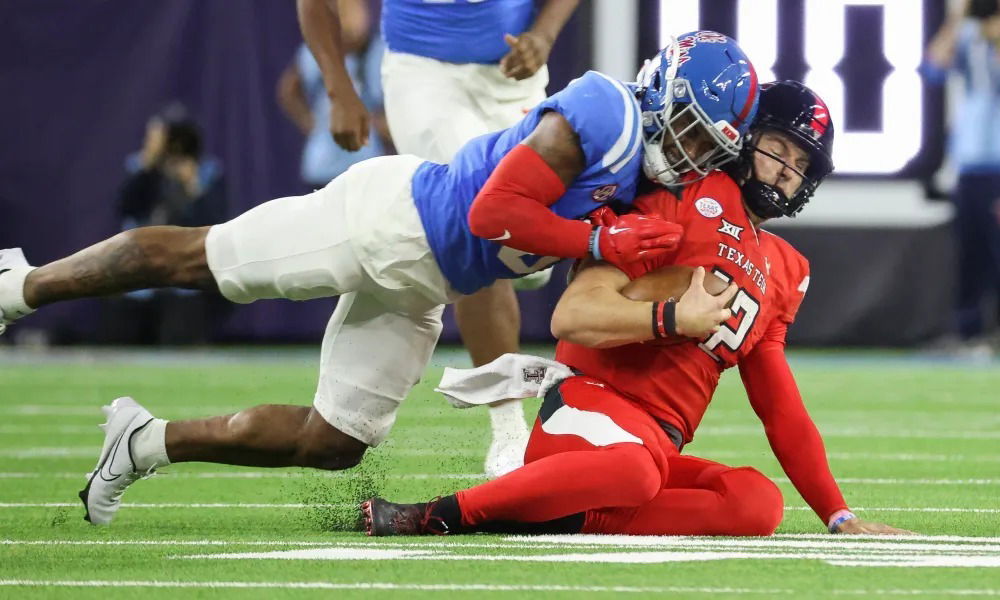

College football, as it might sound, is embellished with many complex rules that lead players to fall into the penalty trap. One of the most hated rules, irrespective of the experience of the players, is the blindside block. This has been introduced as part of the 2019 NCAA Football Rule Changes memorandum. The Rule 2-3-7 and Rule 9-1-18 hoards this rule, which later resulted in a lot of misapplications. It has to do mostly with blocking below the waist and both offense and defense stand at the same point when it comes to this rule. However, there came a catch, since not all blindside blocks are illegal.
Watch What’s Trending Now!
Back in 2019, it was the brainchild of the NCAA Playing Rules Oversight Panel. They came to a point to dissect the blindside blocks. As per the new changes, the players no longer had the privilege to deliver blindside blocks by employing forcible contact on the opponent. And in case the players refuse to abide by the law, they would be susceptible to a 15-yard personal foul penalty.

Imago
09 JAN 2016: Cam Pedersen (36) of North Dakota State University kicks a field goal against Jacksonville State University during the Division I FCS Football Championship held at Toyota Stadium in Frisco, TX. NDSU defeated JSU 37-10 to win the national championship. Jamie Schwaberow/NCAA Photos
As raised by the SEC and Sun Belt coordinator of officials and NCAA secretary-rules editor Steve Shaw, “We did not dictate a technique that had to be used, it just can’t be attacking with forcible contact.” The official gave a further in-depth view to differentiate between the blocks. The coach still enjoys the privilege of teaching a block with extended hands. There are no restrictions for screen blocks, and the special team coach has flexibility. But it’s only the blow-up-type play with blindside blocks that are a BIG NO-NO!
ADVERTISEMENT
Earlier too the players who received the blindside blocks had no opportunity to guard them from the attack since they were defenseless. With this, the new rule covered forcible contact to the head or neck area in blindside blocks that are now considered as targeting. The Oregon Ducks HC Mario Cristobal shared his take on the NCAA rule.
ADVERTISEMENT
Mario Cristobal stood in support NCAA’s blindside block rule
Back in 2018, the Oregon center Jake Hanson was called after he was targeted on a blindside block against UCLA. It then negated a touchdown run by Ducks wide receiver Jaylon Redd. And that was not the end. Due to this, Hanson had to bear the blows and got suspended for the first half at Utah for the next week.
Hence, Cristobal stood in support of the decision made by the NCAA. For him the player’s safety had been of the prime focus, “I can see what’s trying to be done in terms of player safety; I think that’s always important.” Cristobal then highlighted how the suspensions cost the programs big at the end and praised the NCAA for the game-changer move, “In the middle of a big play, (the play with Hanson), you can have a play called back and it may cost you a game. I think it’s for the right reasons.”
ADVERTISEMENT
With this came alterations in pin-and-pull schemes too, where players are now barred from cutting more than five yards downfield. So, to make things simple, the NCAA only had one goal while implementing this “chop block” change to improve student-athlete safety.
Top Stories
Forced to Leave FOX, Cowboys Legend Troy Aikman Says ESPN Is Like ‘U.S. Government’ & Clearly Distinguishes the Two Networks

Who Is Paige Shiver? All About Michigan Football Staffer & Daughter of Veteran Bears Scout Jeff Shiver
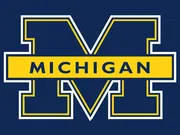
Charley Hull Opens Up on Traumatic Divorce from Ex-Husband for the First Time Ever
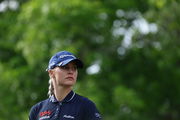
LIV Golf to Cut Ties With Veteran Pro After His PGA Tour Return Intentions Became Public

FOX Issues Strict Ban on Terry Bradshaw But NFL Legend Defies It to Join Popular Morning Show
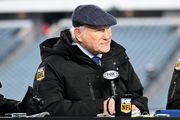
Michael Jordan Brings NASCAR to Its Knees as Jim France’s Courtroom Collapse Triggers Settlement
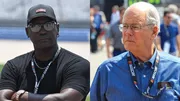
ADVERTISEMENT
ADVERTISEMENT
ADVERTISEMENT

